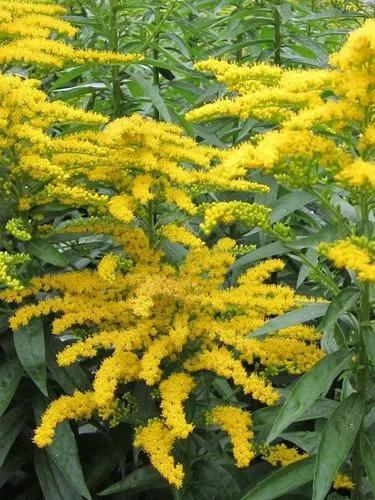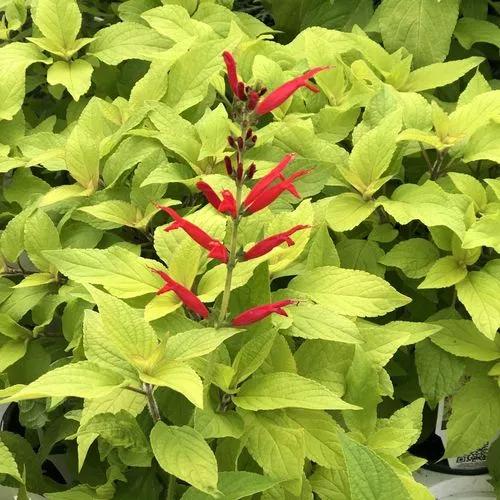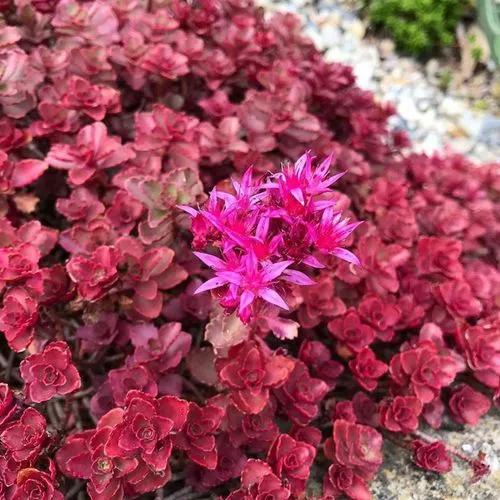Hippocrepis emerus reaches on average 50–150 centimetres (20–59 in) of height, with a maximum of 200 centimetres (79 in). The plant has a lignified stem with green branches bearing five to nine leaflets. These leaves are glossy, obovate, and imparipinnate, with their maximum width being above the middle and often larger extremities. The pale yellow flowers are arranged in groups of 1 to 5, and measure 14–20 millimetres (0.55–0.79 in) long. The petals are "nailed", meaning they have a long handle ("nail") and a "plate". The nails of the petals are two to three times longer than the calyx. These plants are hermaphroditic and entomophilous, and their flowering period extends from April through July. Their legumes (seed pods) are oblong-cylindrical and 5–11 centimetres (2.0–4.3 in) long, with three to twelve segments.
Scorpion Senna Care
Hippocrepis Emerus



What is the plant
How to Care for the Plant

Pruning

Minimal pruning required. Prune wayward or crossing branches to maintain a healthy framework.

Soil

They like a reasonably rich, well drained loamy soil and a sunny position.

Temperature

Hardy in most places throughout the UK even in severe winters. May not withstand open/exposed sites or central/northern locations. Plant can withstand temperatures down to -15°C (5°F)
Ease your plant care routine with PlantIn's personalized system.

Popularity

60 people already have this plant 18 people have added this plant to their wishlists
What's wrong with your plant?
Related Plants
Discover more plants with the list below
Popular articles






